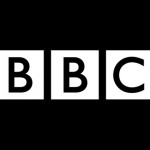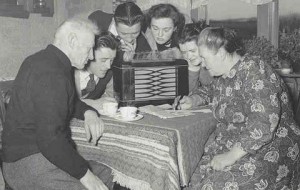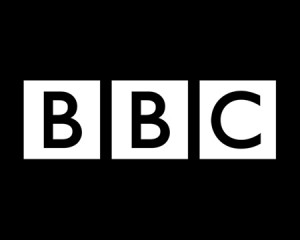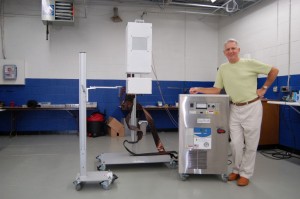
John Kanzius standing next to his Kanzius RF device.
There are few people in the radio world that I admire more than John Kanzius, K3TUP (SK). John took knowledge from his amateur radio hobby and applied it to the medical field–specifically, to fighting cancer.
(Per Wikipedia)
Kanzius RF Therapy is an experimental cancer treatment that employs a combination of either gold or carbon nanoparticles and radio waves to heat and destroy cancer cells without damaging healthy cells.
The specific absorption rate for radio waves by living tissue in the proposed wavelengths and intensity levels is very low. Metals absorb this energy much more efficiently than tissue through dielectric heating; Richard Smalley has suggested that carbon nanotubes could be used to similar purpose. If nanoparticles were to be preferentially bound to cancer sites, cancer cells could be destroyed or induced into apoptosis while leaving healthy tissue relatively unharmed. This preferential targeting represents a major technical challenge. According to a presentation by Dr. Steven Curley, the types of cancer potentially treatable using Kanzius RF therapy include essentially all forms of cancer.
Kanzius built a prototype Kanzius RF device in his home, and formed Therm Med., LLC to test and market his inventions. The device was successfully tested at University of Pittsburgh Medical Center in 2005. As of 2007-04-23, preliminary research using the device at The University of Texas M. D. Anderson Cancer Center and the University of Pittsburgh Medical Center has shown early promise. If federal approval is granted, testing on human patients may follow. An article published in late 2010 illustrates that radiofrequency fields induce intracellular hyperthermia and necrosis in pancreatic tumors without injury to the human pancreatic tissue grafts tested.
Perhaps the reason John has been on my mind today is because, just last week, my wife lost her mother to a vicious, aggressive form of cancer called carcinosarcoma. She was only 68, otherwise healthy and in the prime of life, with young grandchildren. We hold her memorial service today.
Our family supported her as she bravely fought this cancer for more than 4 years, beating the 2 year survival statistics she was quoted by various oncologists. Carcinosarcoma is very resilient to the effects of chemotherapy and spreads so widely through the body that radiation eventually can only be used for palliative purposes. Without the efficacy of chemotherapy and radiation, one does not have other viable treatment options for such an aggressive cancer–at least not currently.
Though we have been learning about cancer and doing research on it for years, there are still so few effective treatments for many patients. Though I’m neither doctor nor researcher and I appreciate the technical complexity of this option, I do believe Kanzius’ research is a step in the right direction because:
- it uses nano-particles to target specific cancer cells, leaving healthy, normal cells intact
- the RF radiation used to activate (heat) the nano-particles is absolutely benign to normal, non-infused tissue
- this therapy could work in lieu of the surgical removal of tumors, which often runs a high risk of harming the patient and further spreading the cancer
Readers may have noted the “SK” after John’s ham radio callsign above. SK stands for “Silent Key.” John passed away on Feb 18, 2009 from pneumonia–a complication brought on by his own battle with cancer. Prior to his death, John established a 501(c)(3) nonprofit, The Kanzius Cancer Research Foundation, to carry on his research and human trials of the Kanzius RF therapy.
Today, my family and our local community will celebrate the life of my mother-in-law, Jean. Her passion for nature, her knowledge of science, her love of family and her remarkable faith in humanity and Divine power were/are inspiring to everyone she knew.
John Kanzius, I celebrate your life today too, and am happy that your research and vision lives on! May it inspire future cancer treatment.
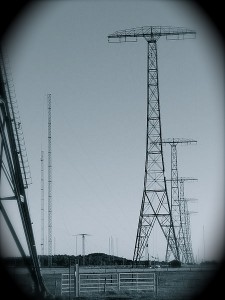 (Source: Top Secret Writers)
(Source: Top Secret Writers)

 It is a rare occurrence when so much attention is given to the topic of international broadcasting. Financial hardship combined with a rapidly changing media landscape set a stage where broadcasters are being forced to a precipice of change. How well they quickly evaluate restructuring their message and the medium they use to deliver it could very well determine the future of broadcasting on the shortwaves.
It is a rare occurrence when so much attention is given to the topic of international broadcasting. Financial hardship combined with a rapidly changing media landscape set a stage where broadcasters are being forced to a precipice of change. How well they quickly evaluate restructuring their message and the medium they use to deliver it could very well determine the future of broadcasting on the shortwaves.